The Bay of Islands: Ancient Stories in Limestone
This is an amazing section of the Great Ocean Road and even though you may be looking forward to some fresh fish in Apollo Bay or stretching your legs at the Twelve Apostles, you won’t be disappointed if you stretch them here as well.
The Bay of Islands stands as one of Victoria’s most remarkable coastal formations along the Great Ocean Road. This limestone wonderland emerged over twenty million years, shaped by the persistent forces of the Southern Ocean against ancient seabeds. The geological story began when the area lay deep beneath the ocean surface, where mighty rivers deposited sediments rich with organic matter. These deposits gradually compressed into the sandstone foundations visible today.
The Geological Marvel
The limestone formations within the Bay of Islands Coastal Park tell a fascinating story of geological transformation. As sea levels fluctuated over millions of years, the ancient seabed rose above the waterline. The relentless action of waves and wind continues to sculpt the coastline, eroding several centimetres annually. This ongoing process has created the dramatic rock stacks and sheltered bays that characterise the landscape.
The distinctive golden hues of the limestone pillars change throughout the day, responding to varying light conditions. These natural formations serve as windows into the region’s geological past, revealing layers of marine sediments compressed over countless millennia.
Cultural Heritage and Significance
The Bay of Islands holds profound cultural significance as an Aboriginal landscape. Traditional Owners maintain an enduring connection to these lands and waters, their relationship with the area spanning thousands of generations. The coastal park encompasses numerous sites of cultural importance, reflecting the rich heritage of Indigenous communities who have long served as custodians of this remarkable coastline.
Natural Features and Wildlife
Stretching more than 30 kilometres between Peterborough and Warrnambool, the Bay of Islands Coastal Park presents an array of striking limestone formations. The coastal environment harbours diverse wildlife species. The endangered Hooded Plover nests along the shoreline, while Rufous Bristlebirds make their home in the coastal heath. Between May and October, Southern Right Whales frequent the offshore waters near Peterborough, adding to the area’s natural appeal.
Conservation and Future Preservation
The ongoing preservation of the Bay of Islands involves a delicate balance between environmental conservation and cultural heritage protection. Natural processes continue to shape the coastline, while conservation efforts focus on protecting indigenous flora and fauna. The park’s management strategies incorporate both scientific understanding and traditional ecological knowledge.
Location and Accessibility
Located west of Port Campbell, the Bay of Islands Coastal Park offers a less crowded alternative to its famous neighbour. The park features well-maintained viewing platforms accessible via short walking tracks from designated car parks. This section of the Great Ocean Road provides numerous vantage points for appreciating the magnitude of the coastal landscape.
Depending on your direction of travel, the Bay Of Islands is only 5 kilometres (5 minutes) from Peterborough or a slightly longer 49 kilometres (37 minutes) from Warnambool. The road conditions are good and if you slow down a little, the scenery is worth checking out. The entrance to the parking area off the Great Ocean Road is well sign posted but be aware of on-coming traffic. This stretch of road can get busy.

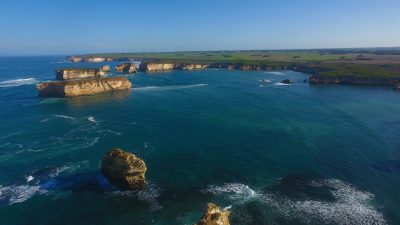
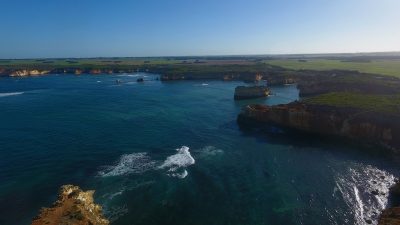

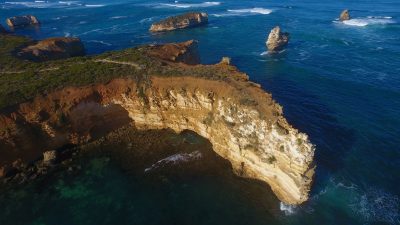
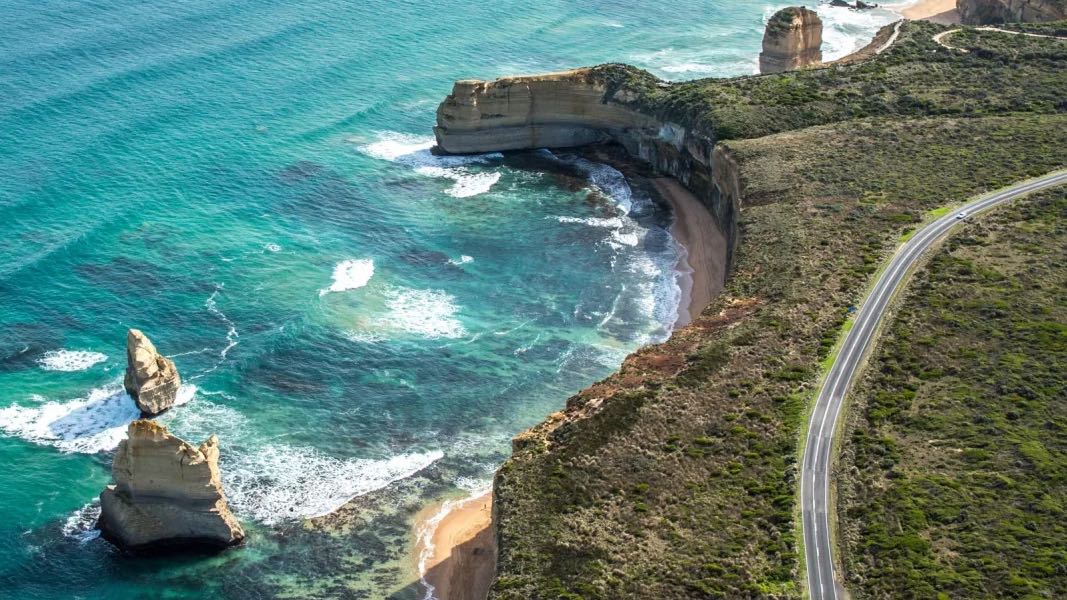

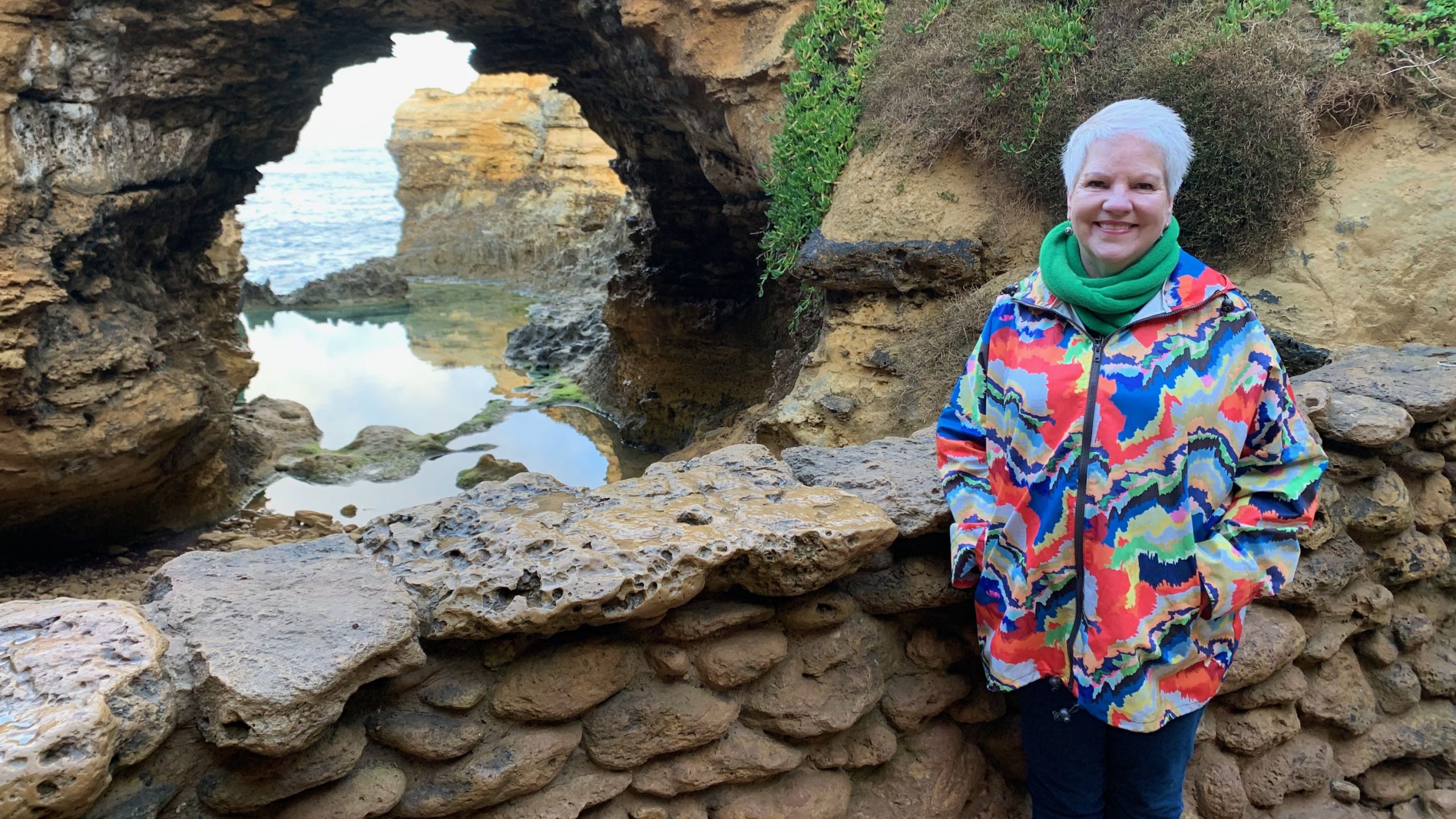
Leave A Comment